The concept of the workspace has undergone a massive transformation in recent years. What was once defined by cubicles, timecards, and face-to-face meetings has evolved into a dynamic, digital, and highly flexible environment. The shift was accelerated by global events like the COVID-19 pandemic, but it’s technology that continues to redefine how, where, and why we work. As we move deeper into 2025 and beyond, offices are no longer just physical spaces they are intelligent ecosystems driven by automation, artificial intelligence, and connectivity.
Table of Contents
From Traditional Offices to Smart Workspaces
Traditional offices were designed around physical presence and rigid schedules. Employees were expected to commute, sit at desks, and work set hours. However, with the rise of remote work tools and cloud-based collaboration, that model has become outdated. Modern workspaces are now designed for flexibility, creativity, and productivity rather than simply attendance.
Smart workspaces integrate advanced technology to enhance efficiency. These include AI-powered meeting assistants, IoT-based environmental controls, and data-driven analytics that optimize workflow.
The Rise of Remote and Hybrid Work
Remote work is no longer an exception it’s the new normal. Many organizations have embraced hybrid models that combine remote and on-site collaboration. This approach gives employees flexibility while maintaining company culture and teamwork.
Cloud technologies, real-time collaboration tools like Slack and Microsoft Teams, and project management platforms such as Asana and Trello have made it possible to work efficiently from anywhere. Moreover, virtual reality and augmented reality are beginning to play a significant role in creating immersive work experiences. Imagine joining a virtual meeting where your colleagues appear as lifelike avatars in a shared 3D space—this is quickly becoming a reality.
Artificial Intelligence in the Workplace
AI has become a silent partner in the modern office. From scheduling meetings to analyzing performance data, AI systems help reduce repetitive tasks and improve decision-making. Chatbots assist with employee queries, while predictive analytics help management understand workflow trends and optimize productivity.
AI-powered systems also enhance recruitment and employee engagement. Intelligent algorithms can analyze candidates’ skills, recommend training, and even predict burnout risks based on behavioral data.
Automation and Robotics in Office Operations
Automation is transforming how offices operate behind the scenes. Tasks like payroll management, document organization, and customer support are now handled by robotic process automation (RPA). These systems not only increase efficiency but also minimize human error.
In some offices, physical robots are already being used for cleaning, deliveries, and maintenance tasks.
The Role of Data and IoT in Modern Workspaces
Data is at the core of the next-generation office. IoT (Internet of Things) devices continuously collect and analyze information about how employees use space, equipment, and resources.
For instance, smart desks and chairs can adjust automatically to a user’s posture, while occupancy sensors ensure efficient use of meeting rooms. These innovations not only improve employee well-being but also reduce energy consumption and operational costs, aligning with sustainability goals.
Cybersecurity and Digital Privacy
As workspaces become more connected, data security becomes more critical. With employees accessing company data from multiple devices and locations, the attack surface for cyber threats has expanded dramatically.
Training employees on cybersecurity best practices is equally important. A secure digital workspace relies not only on strong technology but also on informed users who understand how to protect sensitive information.
Employee Experience and Mental Well-being
Technology is also reshaping how companies approach employee satisfaction and well-being. Digital wellness tools track stress levels, monitor workloads, and offer suggestions for maintaining a healthy work-life balance. Virtual wellness sessions, AI-powered feedback systems, and flexible work schedules all contribute to a more positive work environment.
Sustainability and Green Offices
Modern technology is also driving sustainability in office design. Smart lighting systems, energy-efficient appliances, and green building materials are helping companies reduce their carbon footprint. Many organizations now use sensors to monitor energy usage and adopt eco-friendly policies such as paperless operations and renewable energy integration.
Sustainability is no longer just a corporate responsibility it’s a competitive advantage that reflects a company’s commitment to innovation and future readiness.
The Future Outlook
Looking ahead, workspaces will continue to evolve into adaptive, data-driven environments that prioritize human creativity and collaboration. With the growth of AI, IoT, and virtual collaboration, the office of the future won’t be confined to one place—it will exist wherever people connect and create value.
Conclusion
The future of workspaces is not about desks, offices, or schedules it’s about experiences. Technology is redefining how people work, interact, and thrive in professional environments. By embracing automation, AI, and digital collaboration, businesses can create smart, sustainable, and human-centered workplaces that reflect the true potential of modern innovation. Also Check Autonomous Drones Are Redefining Logistics – Free Guide 2025
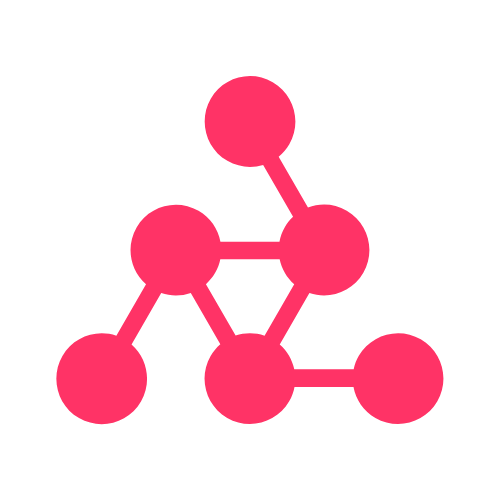
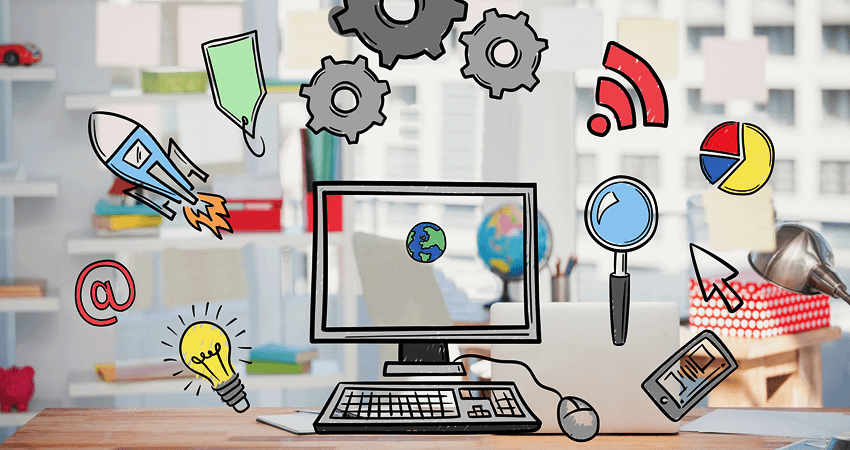
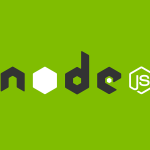

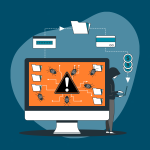
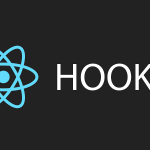
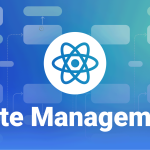
1 thought on “Future of Workspaces – Comprehensive Guide – 2025”